There are as many ways to enjoy this hobby as there are people enjoying it. Plenty of categories for one to assign to one’s self. There are contesters. There are DXers. There are experimenters and kit builders. There are CW only operators. There are paper chasers. Some are rag chewers. There are the microwave operators who do things that are just flat out wild. Then there’s everything in between.
A commonly commented upon trait of hams is curiousity. Operators will dip a toe into a number of streams and see what feels good and where their interests lead. The other thing that ties all hams together is that this is a hobby. Hobbies require different levels of investment and different kinds of resources. The two big ones are money and time. Sometimes, money can be traded for time and vice versa. For those of us who have jobs and responsibilities that eat up most of our time, we have to be judicious about what we do with what we have to spend on a hobby. Seems like a good reason to think carefully about how we operate and why we do it that way. What is it about the hobby and how we engage with it that makes it rewarding and restorative?
Me? I like being outside. My family loves outdoor activities. We’re all happiest and healthiest when we’re camping or on the trail. My wife and I do a lot of cycling. This all naturally lends itself to POTA because I am fortunate enough to live near a lot of parks that happen to have hike and bike trails that run to them and we do tend to camp in or near state or national parks.
When I’m at a park, I want to enjoy myself. I like to experience the sounds of the woods. I’m not out there to listen to little speakers putting out horrible audio quality. I also have a great deal of respect for the other people who enjoy the park. I don’t want to be annoyed and I certainly don’t want to be annoying. This translates to a natural desire for low-profile operation and has impacted the fundamentals of how I work in the field.
Portable operation can mean a lot of things. I could take a 100 watt rig into the field and a battery large enough to power it. I can and have operated from my vehicle, but I don’t love that. I prefer something smaller that can be contained to half of a picnic table at max. What’s that mean for me? QRP all day long. I can run 5 watts from the IC-705 and it’s a small rig. I can also hook up a battery for 10 watts of off-the-chain transmit and that adds something the size of a deck of cards to the package. All of it fits in my backpack or pannier with a Clif bar and a water bottle (not that I would ever put a water bottle in the same compartment with my radio…I’m not that kind of moron). There are QRP rigs at all price points and it’s a place where trading time for money can be a great investment. QRP Labs has a number of kits that are solid and come in at under $100.
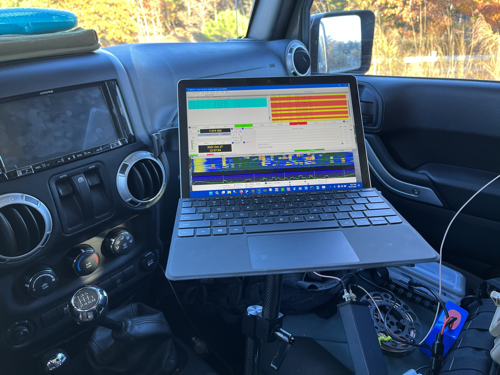
Keeping a low profile while operating also involves managing the visual profile of my setup and the amount of noise I make. Removing sound from the equasion means wearing headphones and generally not operating phone modes. I’ll dust off my headset once in a while, but if there are people around, I tend to stick to silent modes that are either digital or CW. This has absolutely driven my desire to learn CW and use that mode. It’s a different kind of engagement from digital modes and still doesn’t bug anyone. I mean, if someone is close enough to hear my key clicking, they’re probably too close. It is true that learning CW takes time, but I’ve found it rewarding and practice daily (Check out the #CW100Days challege). This is another place where my comfort level in working at the park has driven where I spend my time. CW is great for low profile operations.
To be truly unobtrusive, the elephant in the room must be addressed: The Antenna. There are many options for field antennas and things like POTA set us up for practical experiments. I’ve used a mast with a resonant end-fed many, many times. I usually clamp it to my bike or to the picnic table. It’s a good solution and in a big field it stays out of the way. But it’s not great when it’s close quarters or a park has a lot of traffic. The same can be said of tossing a wire in a tree. There’s definitely a time and place for that. It’s very effective and wire antennas can be very efficient (they are also perfect for backpacking). But tossing a line in a tree and having to make sure that people stay clear of it is it’s own kind of work and it draws a lot of attention. Attention that I, personally, don’t want.
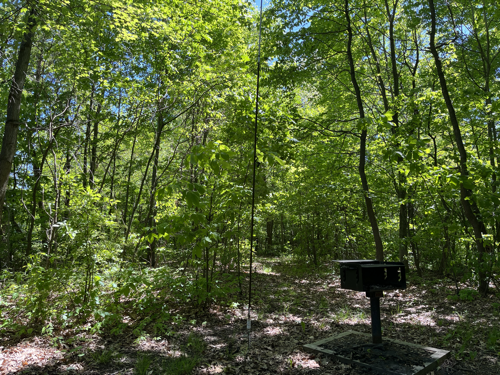
To avoid that, I’ve generally stuck to verticals, and specifically the Chameleon whip/extension/spike/hybrid micro solution. It’s easy enough to deploy in any condition with the ground stake and even with radials or a counterpoise it can be arranged such that it stays close to the place I’m operating and is more easily managed than a wire coming from a tree. It’s also tough to see when deployed. Less visual noise for other park visitors and less attention on what I’m doing so I can relax and play radio. The solution I use is not inexpensive. I’ve traded money for a solution that keeps eyes off of me. That’s a worthwhile trade-off for me.
So what are my optimization points?
- Low power.
- Small gear.
- No noise.
- Low profile.
That pretty well describes the station I take into the field for my POTA activations.
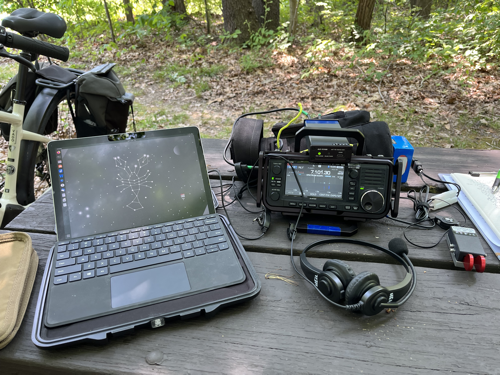
A little detour. To address the whole Portable Operations As EmComm Practice thing – in which I also find value – I’ll just say that I’m very confident in my portable station. I believe that I can handle communications from the field and that my station is a well-oiled machine at this point. It’s packed and ready to go almost all the time. And I’m usually operating in the field with my wife or family members waiting patiently for me to get my contacts and be done so I do understand working under pressure (Ha!). But I’m not out there for that. I’m out to enjoy the park and throw waves at the sky. Getting good at quick setup and teardown along with efficient operation is a side benefit that comes out of my POTA practice.
All of this analysis on what makes for good and fun radio for me is going to inform how I spend my time and money. For example, I really want to get my QMX and QDX running as that makes for even smaller kit. I also need to get my CW skills honed. The latter requires going to the field and practicing. Hunting from home more might help as well though I hate to hunt as the slow operator. When I’m thinking about spending time on my hobby – when I can’t get out to the field – these are the kinds of things I’m putting on the top of the list.
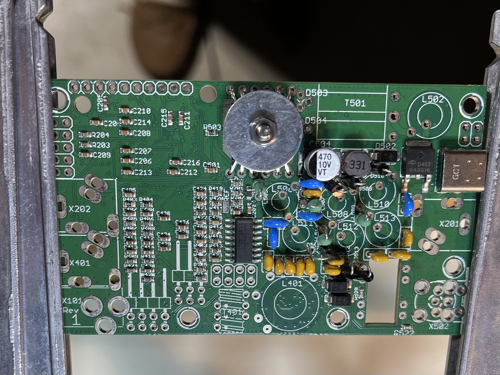
I wonder if other people think about how they engage with the hobby. It seems like the kind of exercise that would be useful to make sure that we understand what it is we love about it and what we can do to maximize that enjoyment. Hobbies aren’t about goals, necessarily. It is, however, important that a hobby have progression and improvement. Those little carrots along the way keep us engaged with learning more and getting more out of our hobby.
![]()
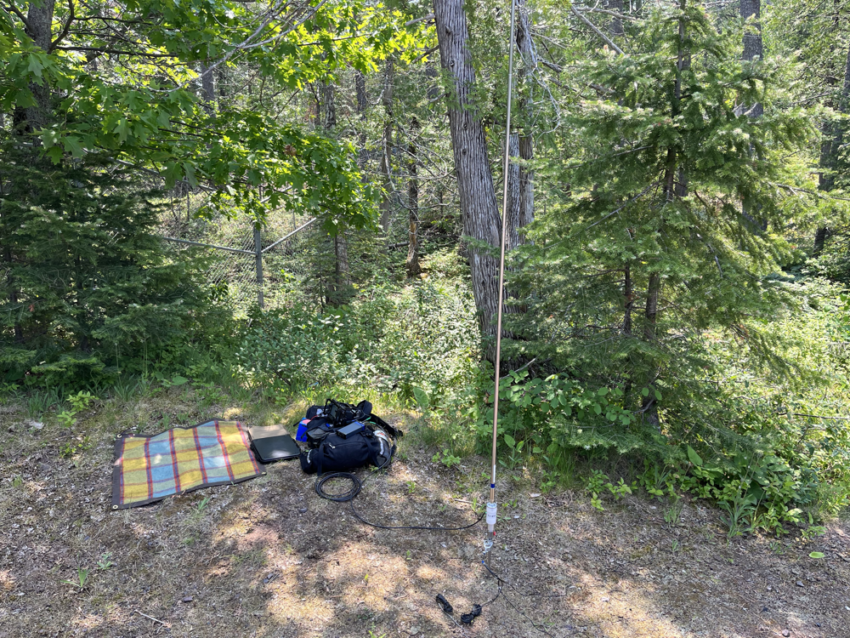
@kc8jc_0c64oy Strange…. I don't see the paddles in the pictures.😄